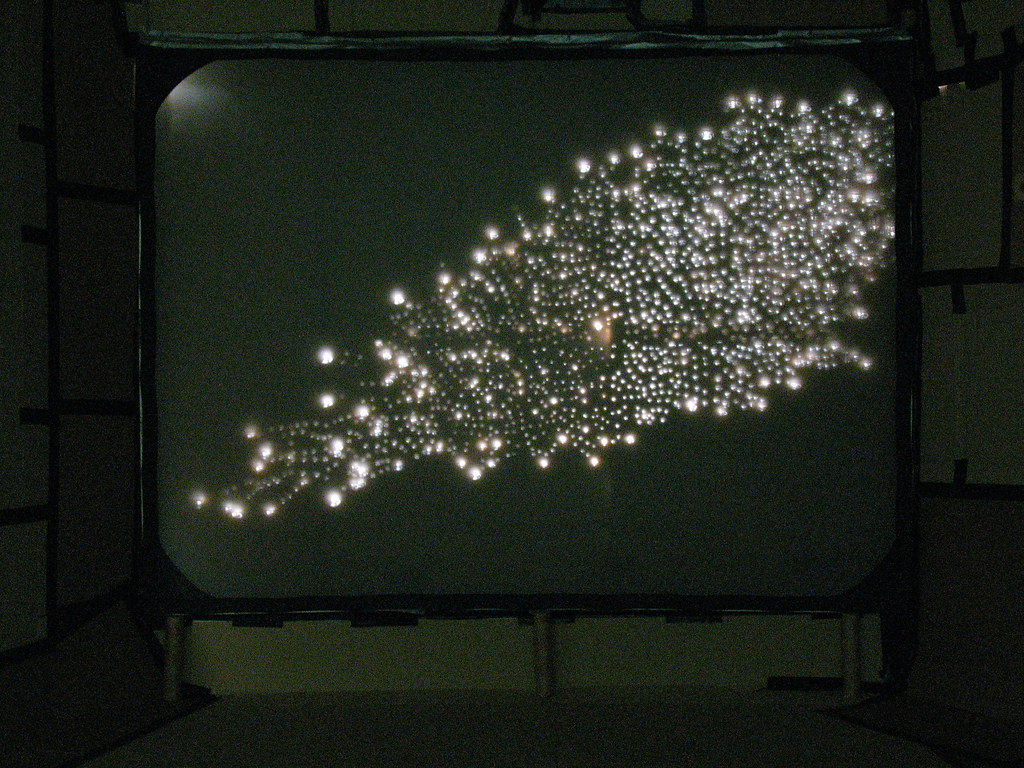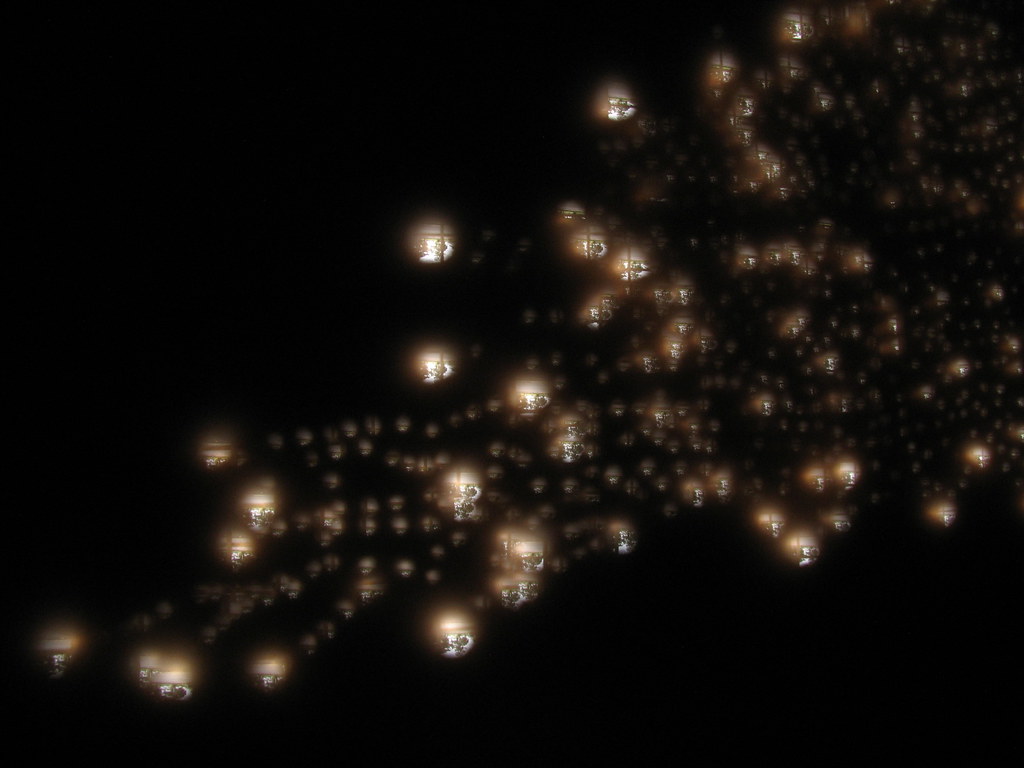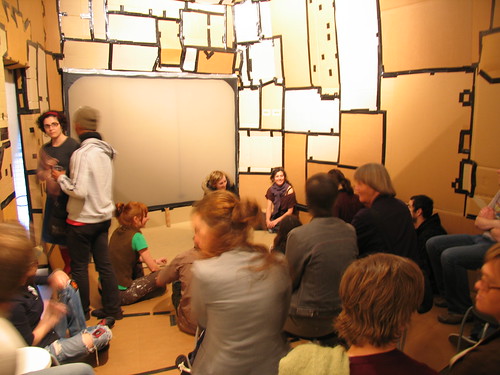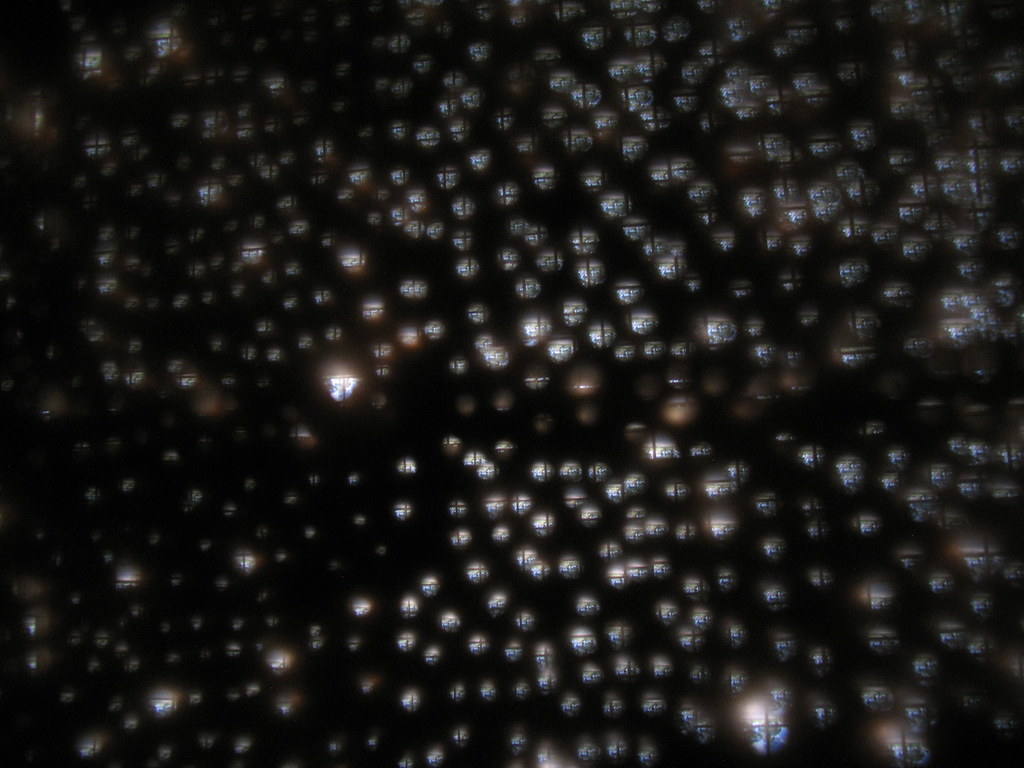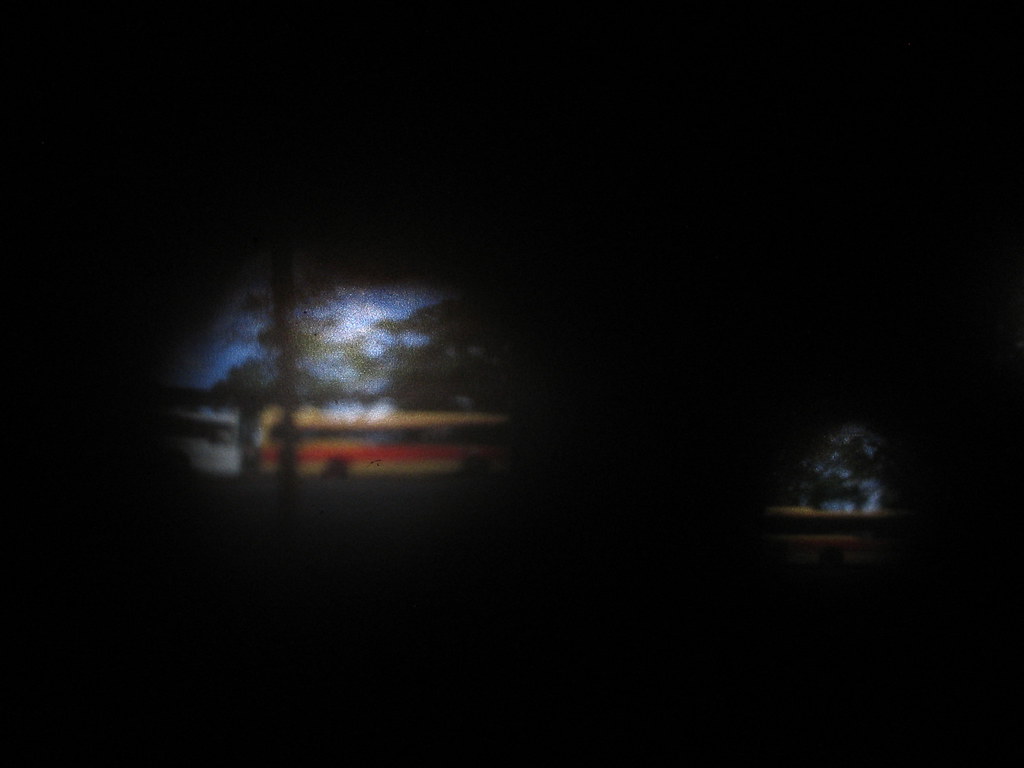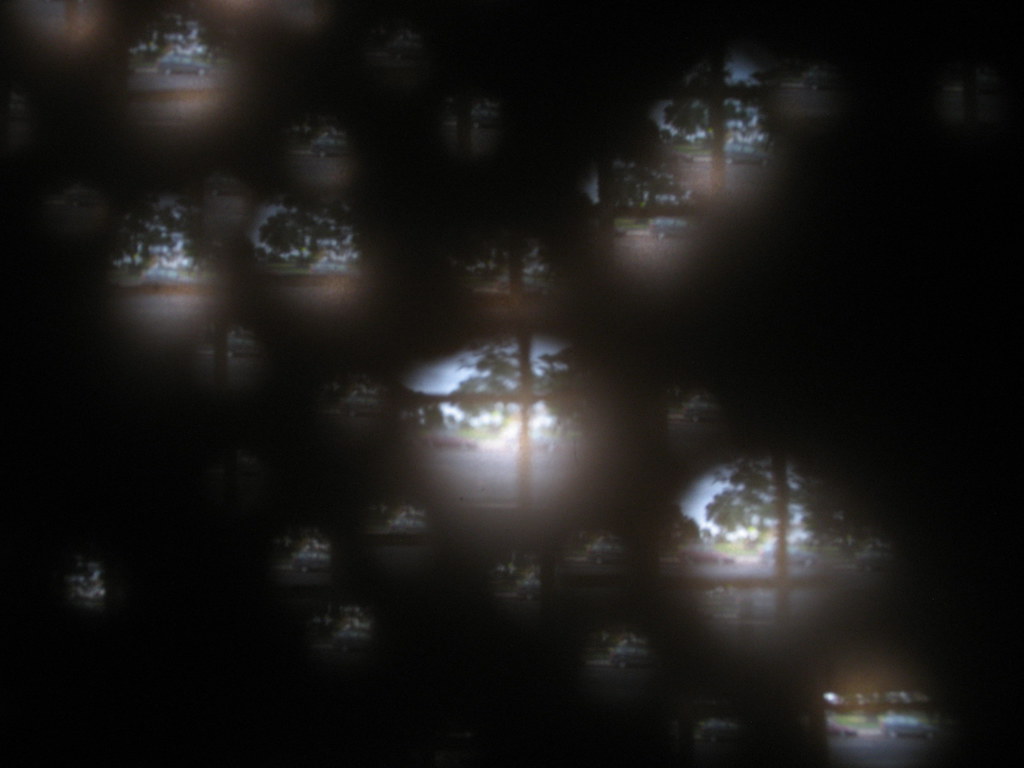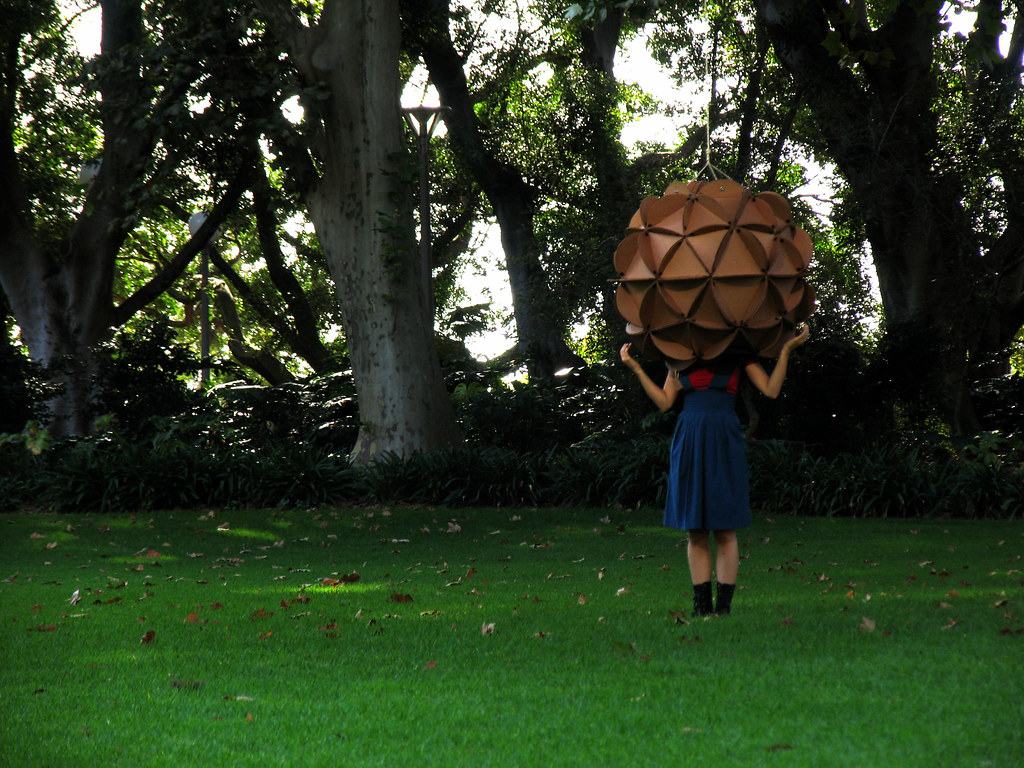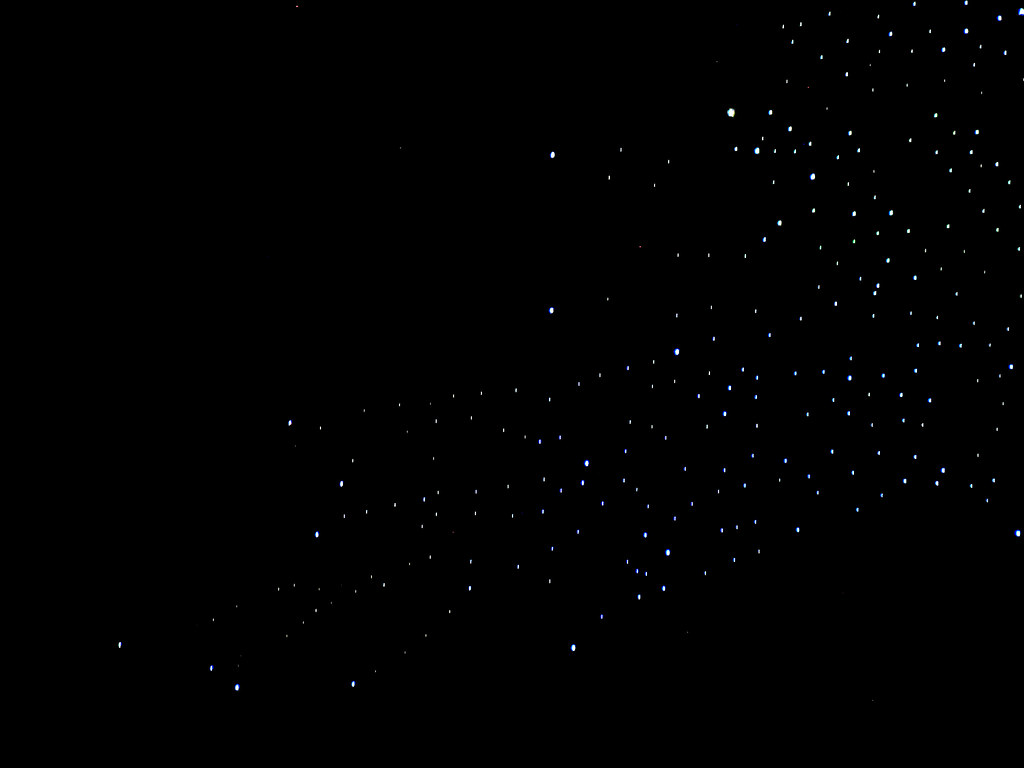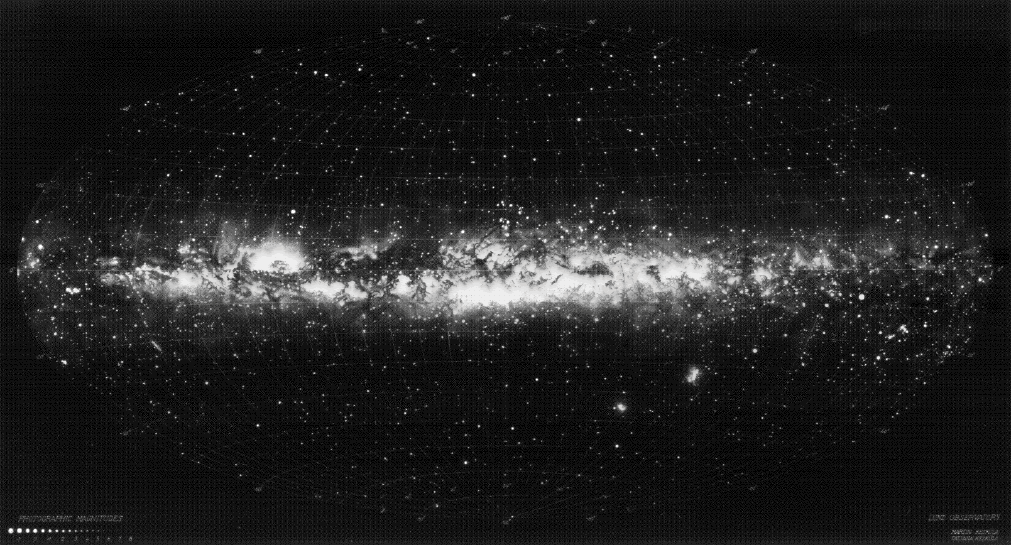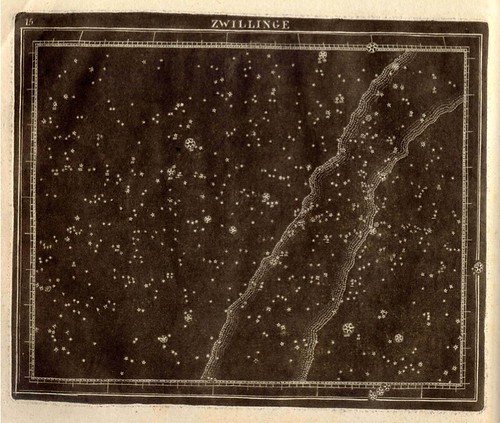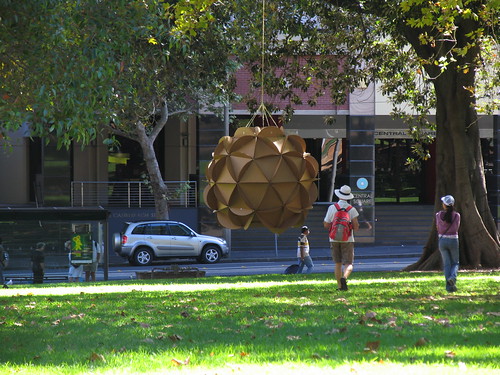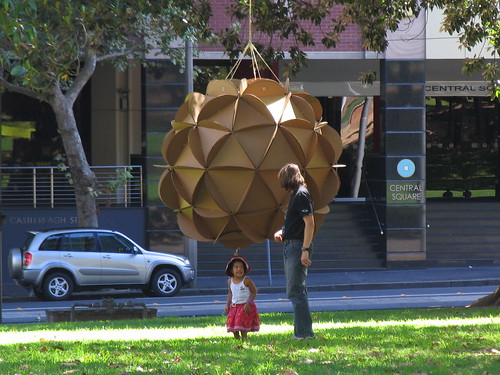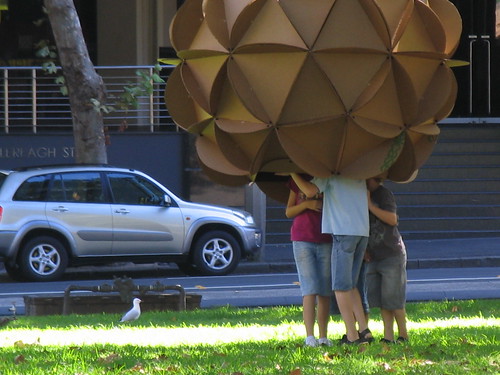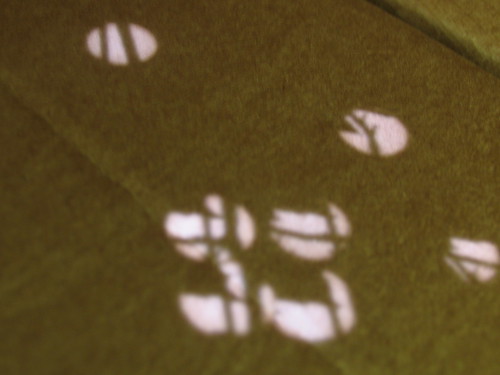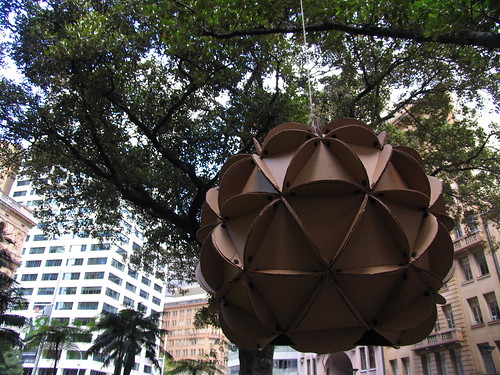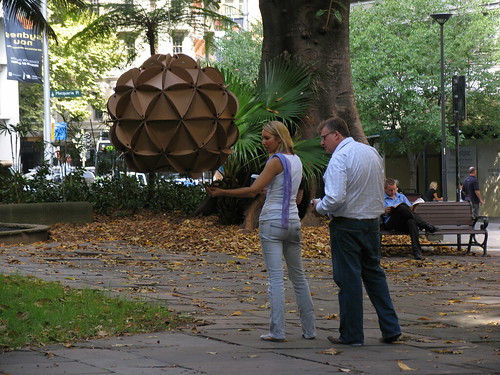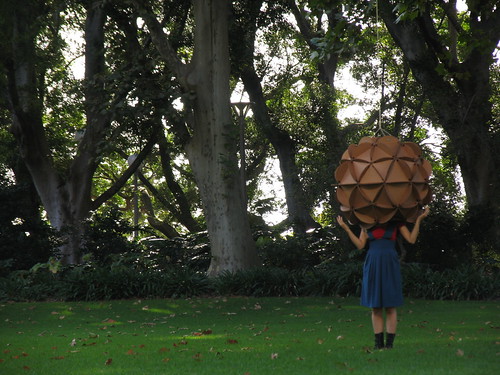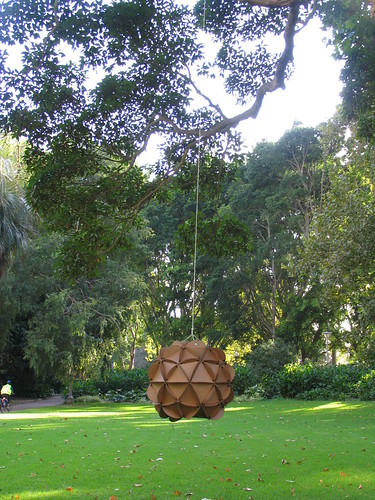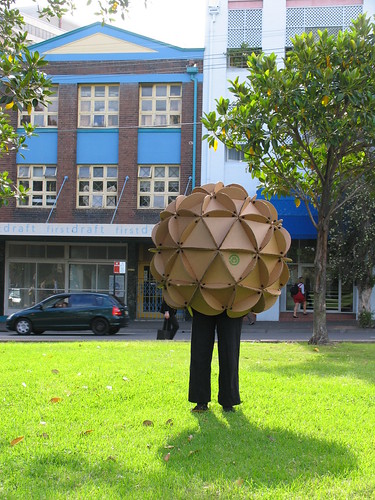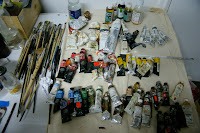The Milky Way, as depicted by Goldbach, C. F. (Christoph Friedrich), 1763-1811, from somewhere in the northern hemisphere...
The
Milky Way is dear to the hearts of many throughout history, including me, always, but especially now. Known as the
Bird's Path in the Baltic, the
Path of Straw in parts of Africa and Asia, and the
Silver River System in Japanese, the
Milky Way has, understandably, played a very important role in the Mythologies of our species.
A couple of years ago, I was in Outback Australia, at night. A core group of us were camping together at an abandoned camel-train camp next to a dry creekbed, south of Alice Springs. We were getting to know each other because we were planning to make a theater piece together -
Ngapartji Ngapartji.
The main actor/co-writer of the piece, Trevor Jamieson - a young man from the Spinefex mob, suddenly stood up from the campfire and asked if we wanted to see the Emu in the Milky way? Um, sure... (I was expecting a constellation which required, like most of the European constellations, a fair bit of grace and imagination in order to make an image out of 5 disparate stars)... and so we plodded off into the desert night, away from the campfire... and looked up.
The
Emu constellation Trevor showed us stretched across the entire sky, from south to north, and was completely, instantly, recognizable, once we knew how to look. The Emu's head rests on the Southern Cross, and its feathers and its body stretch across the sky, right overhead, down to its clawed feet on the northern horizon.
Now for the clincher that had me in tears; it was an anti-constellation. It was the darkness that made the outline of the Emu, not the light. The Emu was made up of the voids within the Milky way, from its beak to its tail... to see it, you looked past the stars, past all that twinkly brightness, into the darkness beyond. And that was where the Emu was.
A constellation like the Emu is what is known in Western
archeoastronomy as a
dark cloud constellation - I've found a couple of references to cultures that encompass them within their astronomy.. mostly Indigenous Australian nations, cultures from Peru (where the sky is very clear) and some Pacific cultures where they
pull the sky past them while traveling.
The idea of shapes and entities made up of voids... of light's role being that of a surrounding boundary, not the substance of the entity... mmm.






